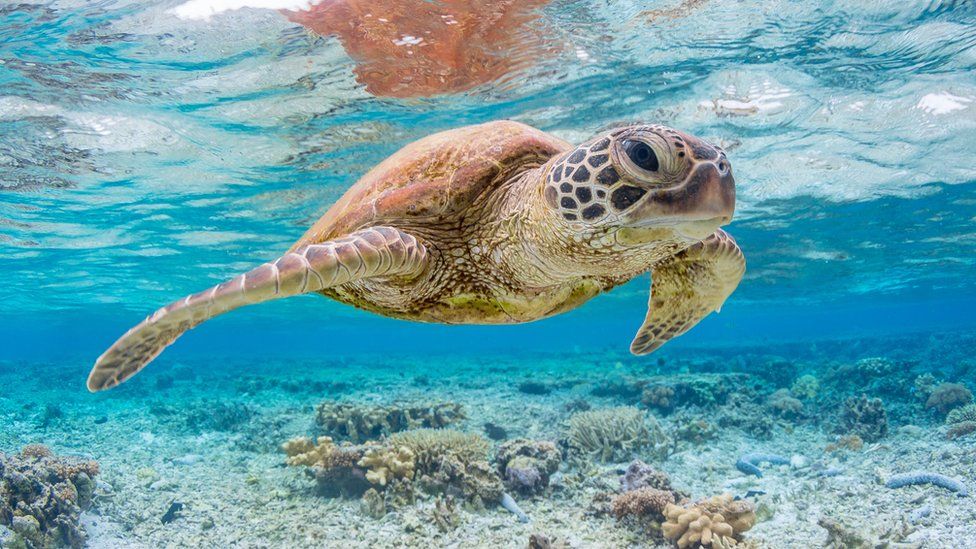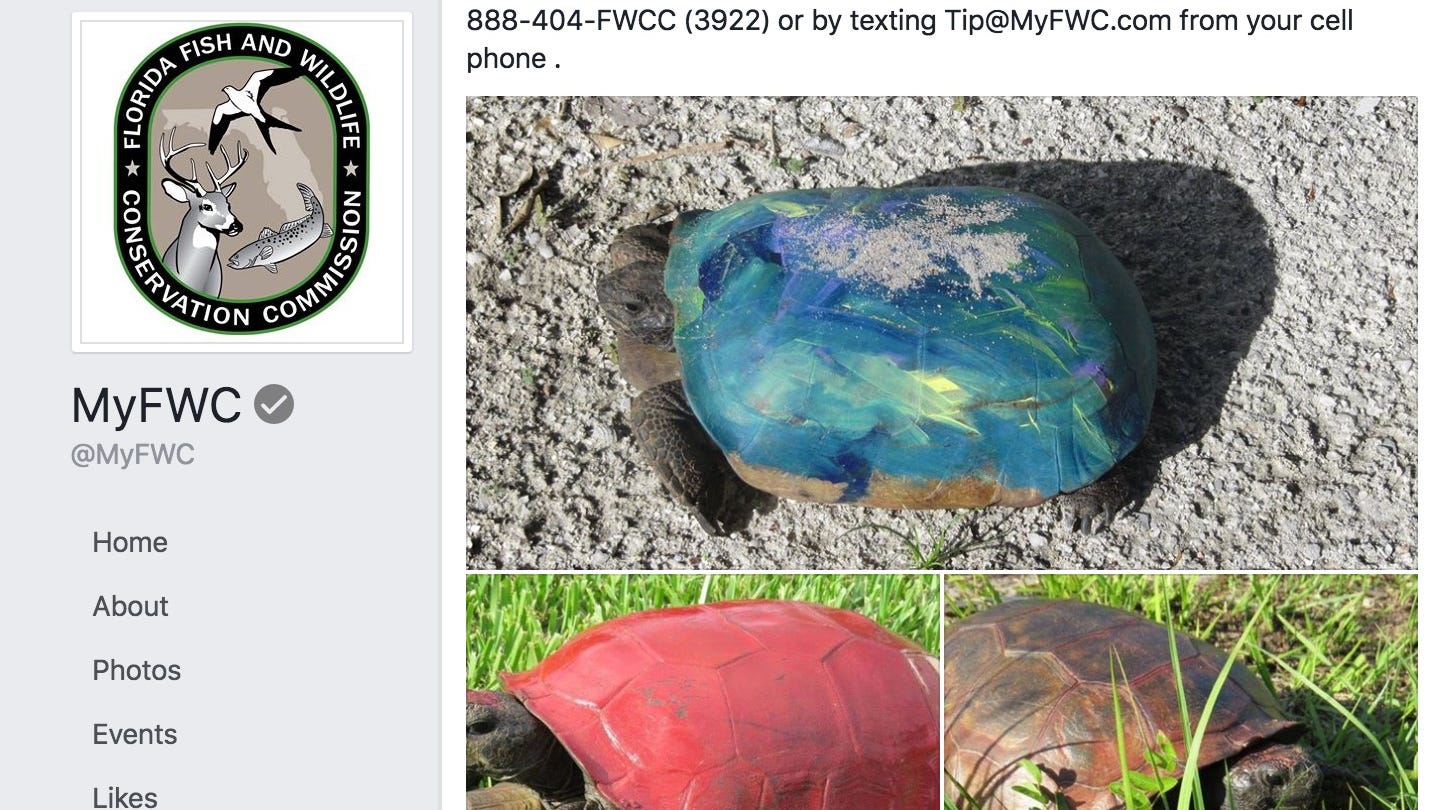Why Don't Turtles Like Black? Unveiling The Mysteries Behind Shell Choices And Color Preferences
Have you ever wondered why turtles seem to avoid black? It's not just a random question; it's a deep dive into the fascinating world of turtle behavior, evolution, and survival strategies. Turtles, those ancient creatures that have roamed the Earth for millions of years, have secrets hidden beneath their shells. From their vibrant colors to their unique preferences, turtles are more complex than we might think. So, why don't turtles like black? Let's crack open this mystery and find out!
Turtles are fascinating creatures that have adapted to survive in both land and water. Their shells, which are often colorful and patterned, play a crucial role in their survival. But have you ever noticed that turtles rarely sport black shells? There's a reason behind this, and it's not just about aesthetics. Nature has its own way of ensuring survival, and turtles have evolved to favor certain colors over others.
In this article, we'll explore the science behind turtle color preferences, the role of their shells in survival, and why black might not be the best choice for these incredible creatures. Whether you're a turtle enthusiast or just curious about the natural world, this article will take you on a journey through the colorful world of turtles. So, let's get started and uncover why turtles don't seem to like black!
Read also:Charlestown Manor Beach And Campground The Ultimate Spot For Camping Enthusiasts
Understanding Turtle Behavior and Evolution
What Makes Turtles Unique?
Turtles are one of the oldest groups of reptiles, with a history that dates back over 200 million years. Their unique features, such as their hard shells and ability to adapt to various environments, make them stand out in the animal kingdom. But what really sets turtles apart is their behavior and evolution. Over time, turtles have developed specific traits that help them survive in different habitats, from deserts to oceans.
One of the most intriguing aspects of turtle evolution is their coloration. Turtles come in a variety of colors, ranging from green and brown to vibrant shades of orange and yellow. These colors serve a purpose, helping turtles blend into their surroundings and avoid predators. But why do turtles seem to avoid black? The answer lies in their evolutionary history and the challenges they face in the wild.
Evolutionary Adaptations of Turtle Shells
The shell of a turtle is not just a protective covering; it's a complex structure that plays a vital role in their survival. Turtle shells are made up of two parts: the carapace (the top part) and the plastron (the bottom part). These parts are connected by bony bridges, creating a strong and durable shell that can withstand attacks from predators.
But why don't turtles have black shells? The answer lies in thermoregulation. Black absorbs heat more efficiently than other colors, which can be a disadvantage for turtles living in hot environments. By avoiding black, turtles can regulate their body temperature more effectively, preventing overheating and dehydration. This adaptation is crucial for their survival, especially in regions with extreme climates.
The Role of Color in Turtle Survival
Camouflage and Predator Avoidance
Color plays a crucial role in the survival of turtles. Many turtles have shells that are patterned to blend into their surroundings, making them less visible to predators. This camouflage is essential for their survival, as it allows them to avoid detection and escape danger. But black shells would make turtles stand out in their natural habitats, making them more vulnerable to predators.
In addition to camouflage, color also helps turtles regulate their body temperature. Lighter colors reflect sunlight, keeping turtles cool in hot environments. This is especially important for turtles that spend a lot of time basking in the sun to regulate their body temperature. By avoiding black, turtles can maintain a comfortable temperature and avoid overheating.
Read also:Unveiling The Truth Harry Sisson Paid By Dnc The Inside Scoop You Need
Thermoregulation and Shell Color
Thermoregulation is the process by which turtles regulate their body temperature. Turtles are ectothermic, meaning they rely on external sources of heat to maintain their body temperature. Their shells play a crucial role in this process, as they can absorb or reflect sunlight depending on their color.
Black shells would absorb too much heat, making it difficult for turtles to regulate their body temperature. This could lead to overheating and dehydration, especially in hot environments. By avoiding black, turtles can maintain a comfortable temperature and avoid these potential dangers. This adaptation is crucial for their survival, allowing them to thrive in a variety of environments.
Why Don't Turtles Like Black?
The Science Behind Shell Coloration
The color of a turtle's shell is determined by a combination of genetic and environmental factors. Genetics play a role in determining the base color of the shell, while environmental factors such as diet and habitat can influence the patterns and shades. But why don't turtles like black? The answer lies in the science of thermoregulation and predator avoidance.
Black shells would absorb too much heat, making it difficult for turtles to regulate their body temperature. This could lead to overheating and dehydration, especially in hot environments. Additionally, black shells would make turtles more visible to predators, increasing their risk of being attacked. By avoiding black, turtles can maintain a comfortable temperature and avoid detection, ensuring their survival in the wild.
Environmental Influences on Shell Color
The environment plays a significant role in determining the color of a turtle's shell. Turtles that live in hot, sunny environments tend to have lighter shells, which help them reflect sunlight and stay cool. On the other hand, turtles that live in cooler environments may have darker shells, which help them absorb heat and maintain a comfortable temperature.
But even in cooler environments, turtles tend to avoid black shells. This is because black absorbs heat too efficiently, which can still lead to overheating and dehydration. By choosing lighter colors, turtles can strike a balance between absorbing enough heat to survive and avoiding the dangers of overheating. This adaptation is crucial for their survival, allowing them to thrive in a variety of environments.
Exploring Turtle Preferences
Turtle Behavior and Color Choices
Turtles are fascinating creatures with unique behaviors and preferences. Their choice of shell color is not random; it's the result of millions of years of evolution and adaptation. By avoiding black, turtles have developed a survival strategy that helps them thrive in their natural habitats. But what other preferences do turtles have?
Turtles are known for their love of basking in the sun, which helps them regulate their body temperature. They also have a preference for certain types of food, such as plants, insects, and small fish. These preferences are influenced by their environment and play a crucial role in their survival. Understanding these preferences can help us appreciate the complexity of turtle behavior and the importance of conservation efforts.
Conservation Efforts and Turtle Survival
Conservation efforts are essential for the survival of turtles, as they face numerous threats in the wild. Habitat loss, pollution, and climate change are just a few of the challenges that turtles must overcome to survive. By understanding the science behind turtle color preferences and behavior, we can develop strategies to protect these incredible creatures and ensure their survival for future generations.
One of the most important conservation efforts is protecting turtle habitats, such as wetlands and coastal areas. These habitats provide turtles with the resources they need to survive, including food, water, and basking sites. By preserving these habitats, we can help turtles thrive and continue to play their vital role in the ecosystem.
Conclusion: Why Don't Turtles Like Black?
In conclusion, turtles avoid black shells for a variety of reasons, including thermoregulation and predator avoidance. By choosing lighter colors, turtles can maintain a comfortable temperature and avoid detection, ensuring their survival in the wild. Understanding the science behind turtle color preferences and behavior can help us appreciate the complexity of these incredible creatures and the importance of conservation efforts.
If you're passionate about turtles and want to make a difference, consider getting involved in conservation efforts in your area. Whether it's volunteering at a local wildlife sanctuary or supporting organizations that work to protect turtle habitats, every little bit helps. So, why don't turtles like black? Now you know the answer, and you can share this knowledge with others to help protect these amazing creatures.
References
1. National Geographic. (2023). "Turtles: The Ancient Reptiles." Retrieved from nationalgeographic.com
2. Smithsonian Institution. (2022). "The Science of Turtle Shells." Retrieved from smithsonianmag.com
3. World Wildlife Fund. (2023). "Turtle Conservation Efforts." Retrieved from worldwildlife.org
Table of Contents:
- Understanding Turtle Behavior and Evolution
- What Makes Turtles Unique?
- Evolutionary Adaptations of Turtle Shells
- The Role of Color in Turtle Survival
- Camouflage and Predator Avoidance
- Thermoregulation and Shell Color
- Why Don't Turtles Like Black?
- The Science Behind Shell Coloration
- Environmental Influences on Shell Color
- Exploring Turtle Preferences
- Turtle Behavior and Color Choices
- Conservation Efforts and Turtle Survival
- Conclusion: Why Don't Turtles Like Black?
Article Recommendations


